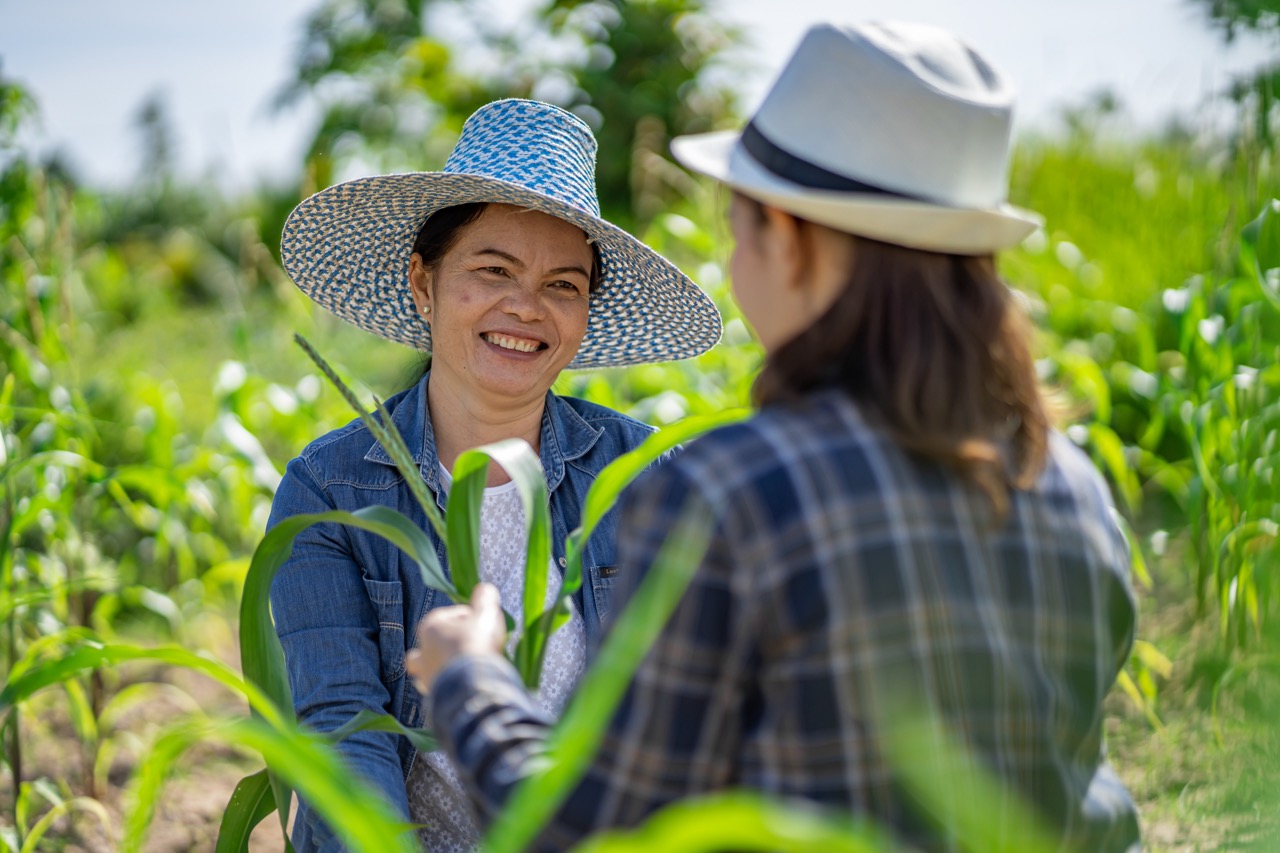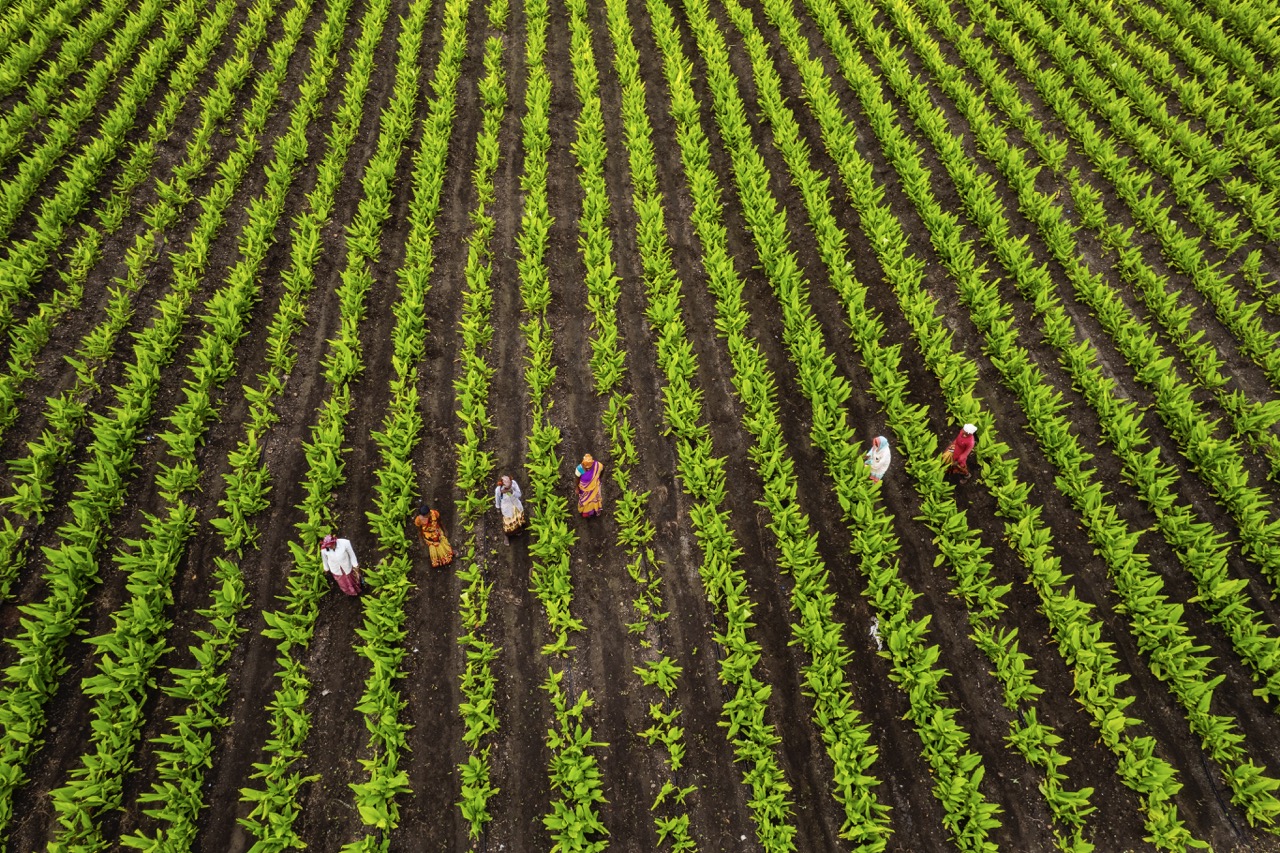In an ever-changing global environment marked by climate change, economic fluctuations, and public health challenges, the need for resilient food systems has never been more critical. Communities across the world are recognizing that a robust local food network is essential for ensuring food security, enhancing community well-being, and promoting sustainable practices. Building a resilient food system requires a comprehensive understanding of its importance, the components that make it sustainable, effective community engagement, and the application of technology. This article outlines actionable steps that communities can take to cultivate a more resilient food ecosystem.
Understanding the Importance of a Resilient Food System
A resilient food system is vital for safeguarding community health and well-being. It ensures that all community members have access to sufficient, safe, and nutritious food, regardless of external disruptions. A robust local food system can mitigate the impacts of global supply chain vulnerabilities and reduce dependency on imported goods. By prioritizing local food production, communities can improve their food sovereignty, allowing residents greater control over their food sources and choices.
Moreover, a resilient food system has the potential to bolster local economies. When money is spent on local food, it recirculates within the community, creating jobs and supporting local farmers and businesses. This aspect is especially important in rural areas, where farming can be a primary source of income. Additionally, a strong local food network can reduce transportation costs and associated environmental impacts, further contributing to sustainability.
Lastly, a resilient food system fosters social cohesion and community ties. Local farmers’ markets, community gardens, and food co-ops serve as gathering spaces where residents can connect, share knowledge, and build relationships. Such interactions not only enhance social capital but also ensure that diverse voices within the community are heard, thereby facilitating more inclusive decision-making processes related to food access and policy.
Key Components of a Sustainable Local Food Network
Sustainable local food networks are built on several key components that work in harmony to create resilience. First and foremost, the promotion of local agriculture is essential. This involves supporting local farmers through grants, training, and resources that enable them to produce food sustainably and efficiently. Community-supported agriculture (CSA) initiatives can empower residents to directly invest in local farms while securing a steady supply of fresh produce.
Another critical component is establishing efficient distribution channels. Transportation logistics play a significant role in ensuring that food reaches all community members, especially in underserved areas. By creating partnerships between local producers and distributors, communities can develop systems that minimize food waste and ensure equitable access to food. This might include mobile markets, food pantries, or partnerships with local businesses to facilitate easier access to locally grown food.
Finally, education and awareness are fundamental to a sustainable local food network. Initiatives such as cooking classes, nutrition workshops, and farm-to-school programs can enlighten community members about the benefits of consuming local food. By empowering residents with knowledge, communities can cultivate a culture of appreciation for local food systems, leading to increased demand for local products and a stronger commitment to sustainability.
Strategies for Community Engagement and Participation
Engaging community members in the development of a resilient food system is crucial for its success. One effective strategy is to hold inclusive community meetings that invite diverse perspectives from various stakeholders, including local farmers, residents, policymakers, and businesses. These gatherings can foster dialogue, build trust, and help identify common goals and strategies for enhancing the local food system.
Another approach is to establish volunteer programs that encourage community members to participate in local food initiatives, such as community gardens, food drives, or educational workshops. Engaging residents in hands-on activities not only builds a sense of ownership but also strengthens relationships among participants. Understanding the power of storytelling, communities can share successes and challenges through local media, social networks, and newsletters, thus inspiring broader participation and commitment.
Finally, implementing feedback mechanisms is essential for ongoing engagement. Surveys, focus groups, and forums can help gauge community needs and preferences, facilitating adjustments to food initiatives as necessary. By establishing transparent channels for communication, communities can ensure that everyone feels valued and heard, ultimately fostering a more resilient and responsive food system.
Leveraging Technology to Enhance Food System Resilience
Technology can play a pivotal role in creating a resilient food system by improving efficiency, transparency, and accessibility. For instance, digital platforms can be utilized to connect local producers with consumers through direct-to-consumer sales opportunities. These platforms facilitate e-commerce models that allow farmers to sell their products online, expanding their customer base and reducing reliance on intermediaries.
Additionally, data and analytics can enhance decision-making processes within local food systems. By utilizing geographic information systems (GIS) and other data tools, communities can better understand food access challenges, identify food deserts, and optimize distribution routes. This data-driven approach allows for targeted interventions that can significantly improve food security and access among vulnerable populations.
Finally, social media and online communities can be leveraged to cultivate relationships among local food stakeholders. Farmers, consumers, and advocacy groups can use these platforms to share information about seasonal produce, recipes, and food-related events. Such connections not only promote local food consumption but also build a supportive network that can mobilize resources quickly in times of crisis, thus enhancing the overall resilience of the food system.
Building a resilient food system in your community is a multifaceted endeavor that requires collaborative efforts across various sectors. By understanding the importance of local food networks, leveraging key components, engaging the community, and utilizing technology, communities can create a sustainable and responsive food system that meets the needs of all residents. As global challenges evolve, investing in local food resilience will not only enhance food security but also strengthen community bonds and promote sustainability for generations to come.










